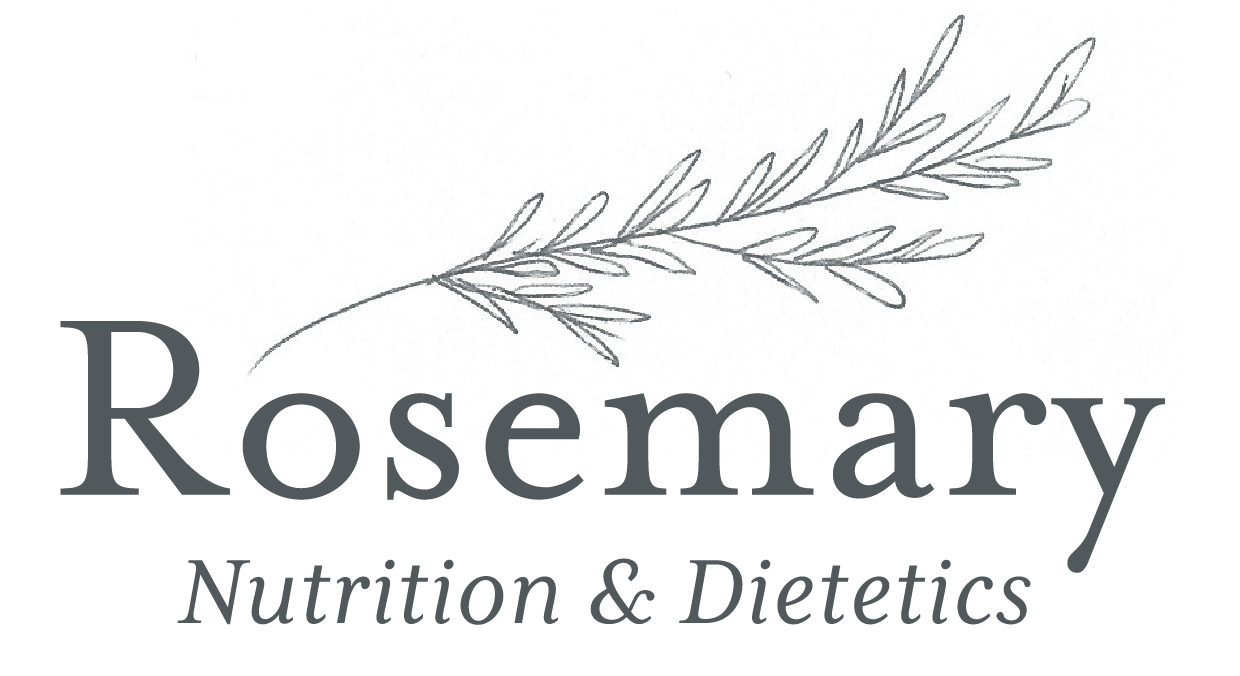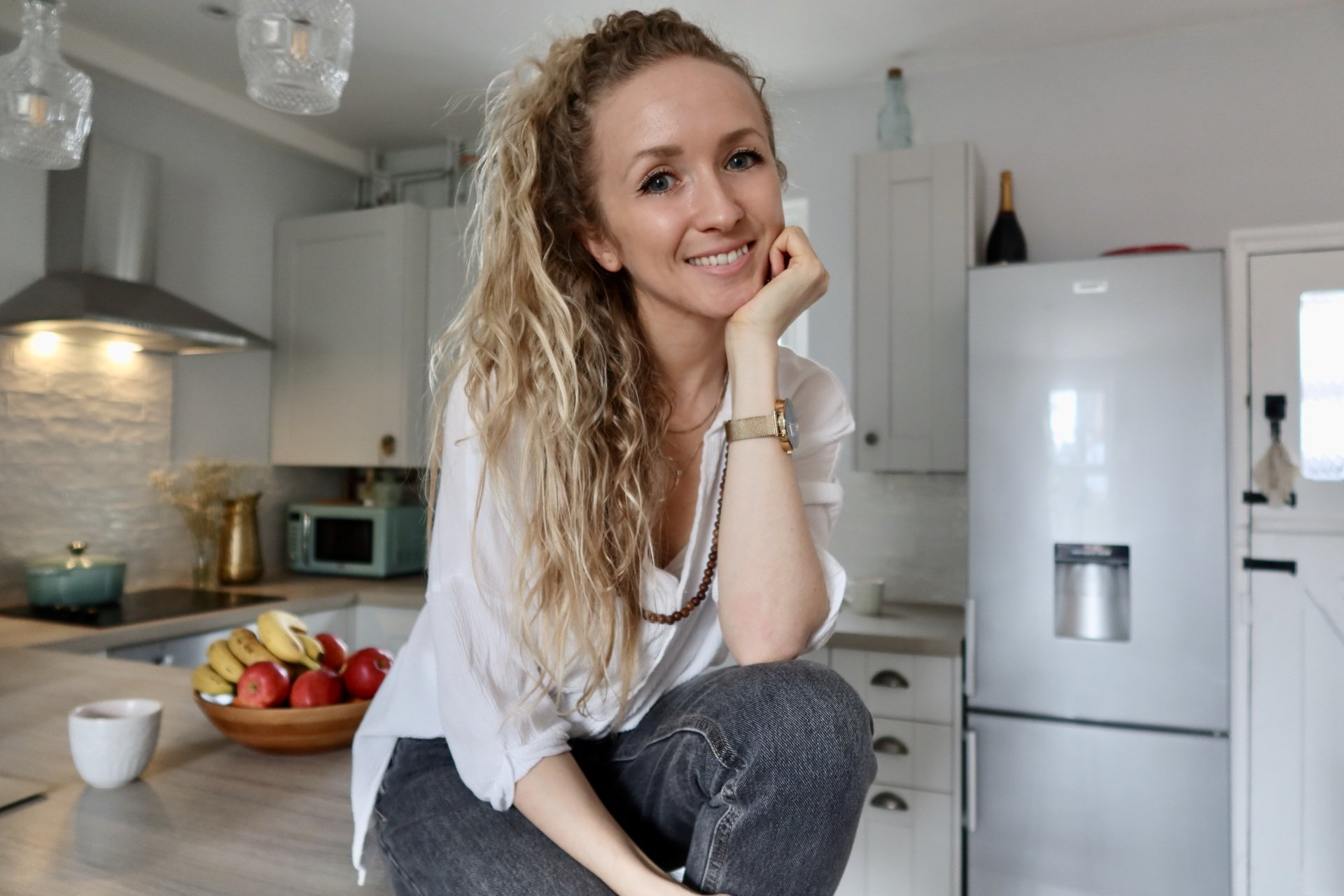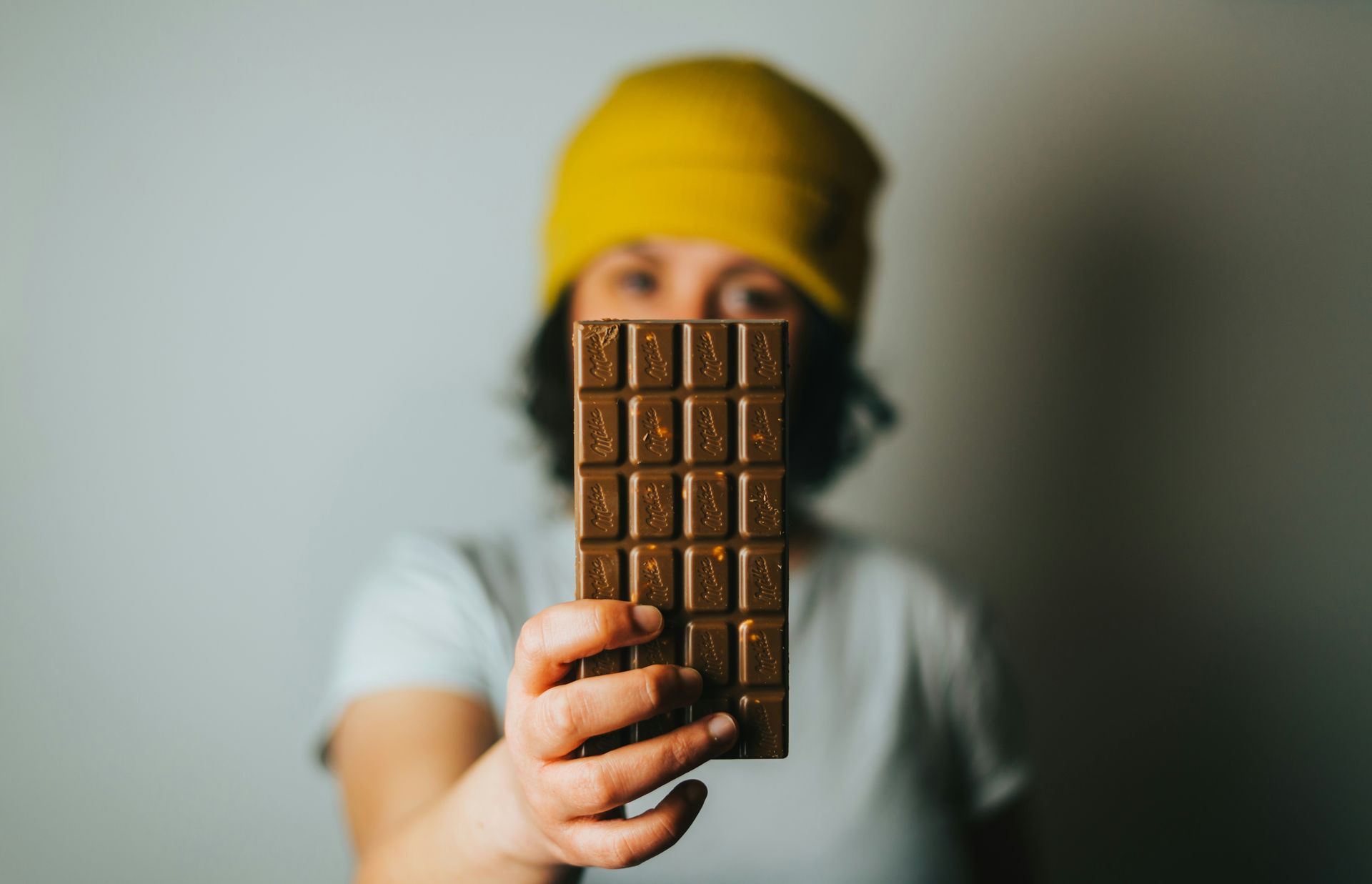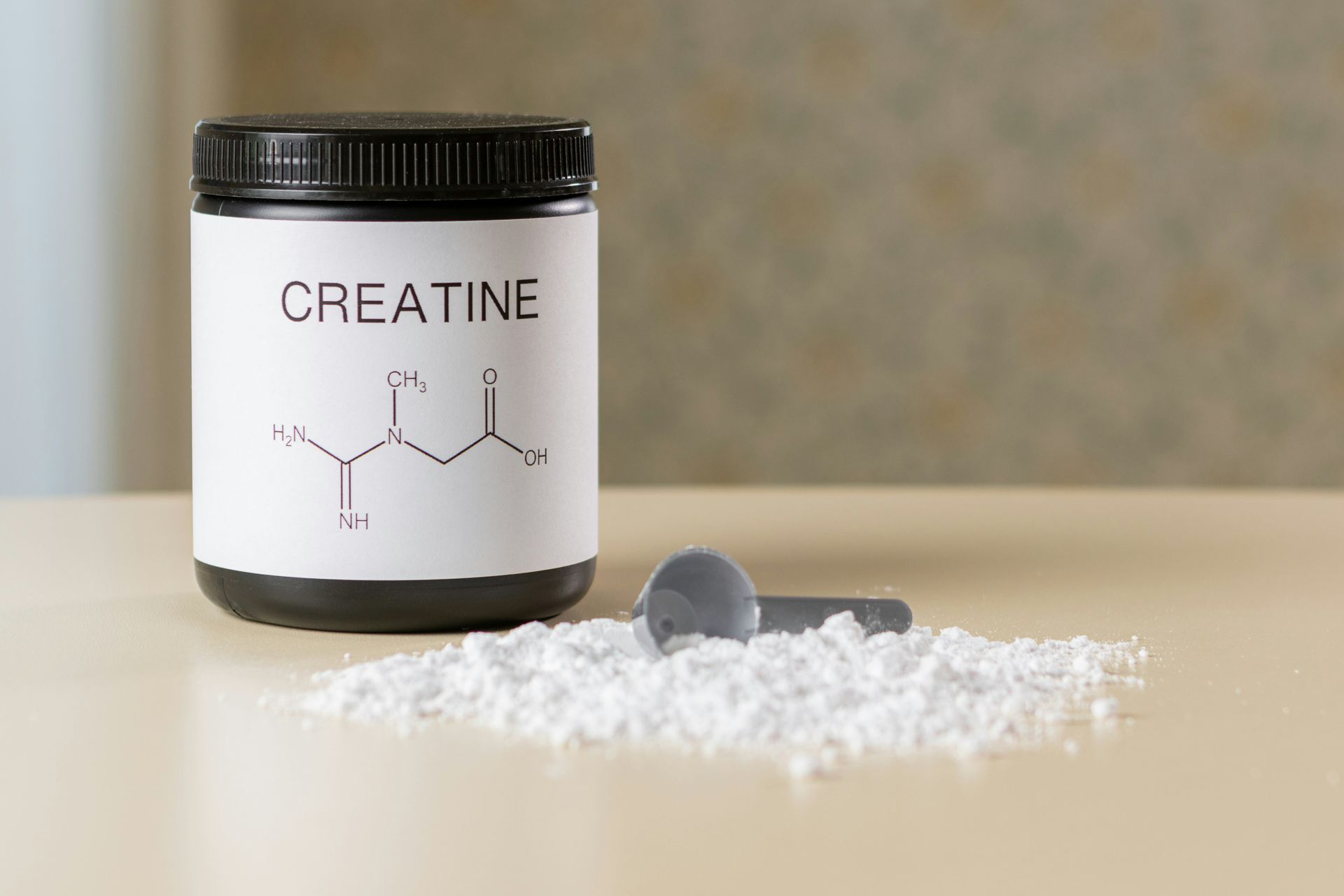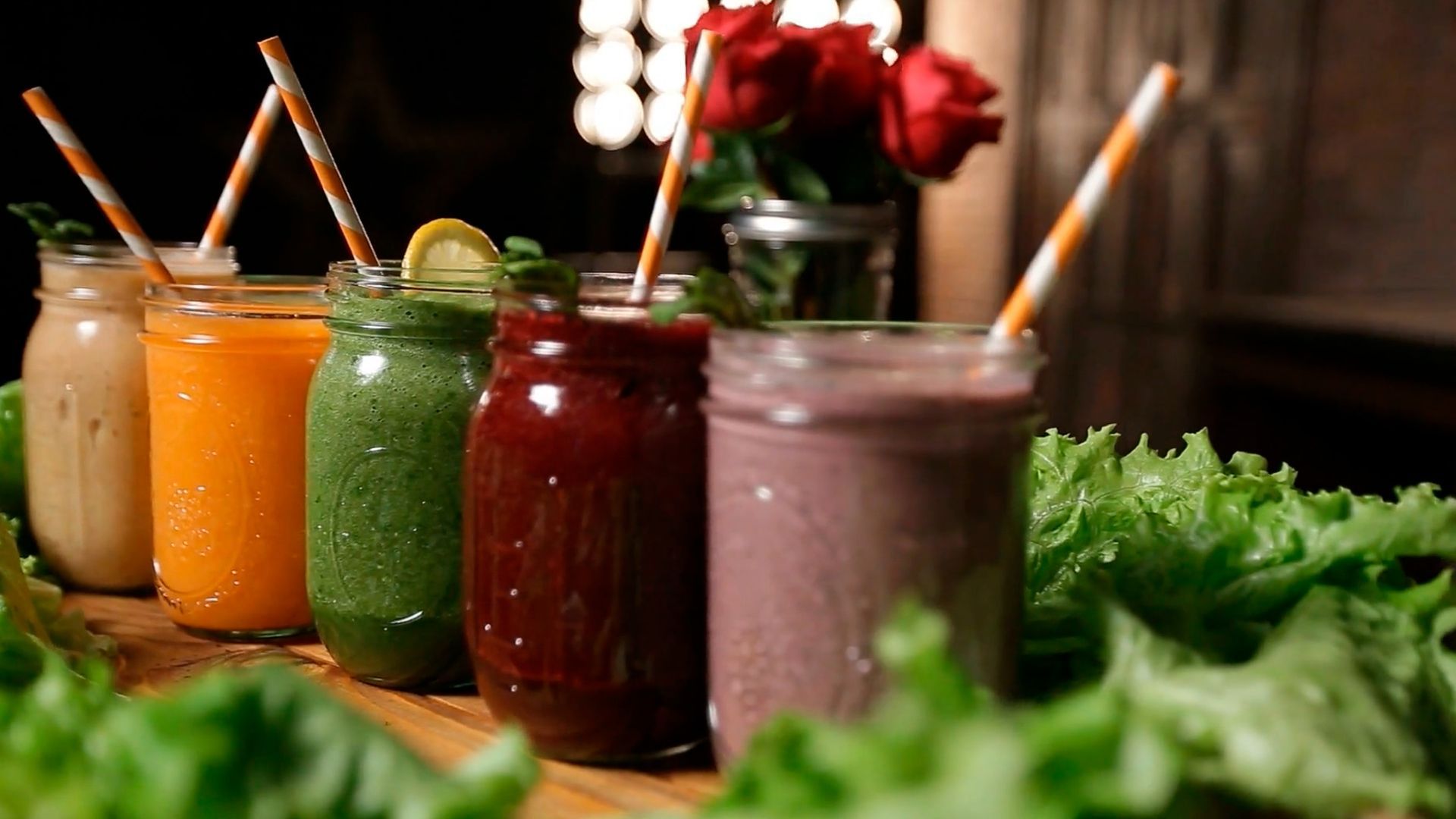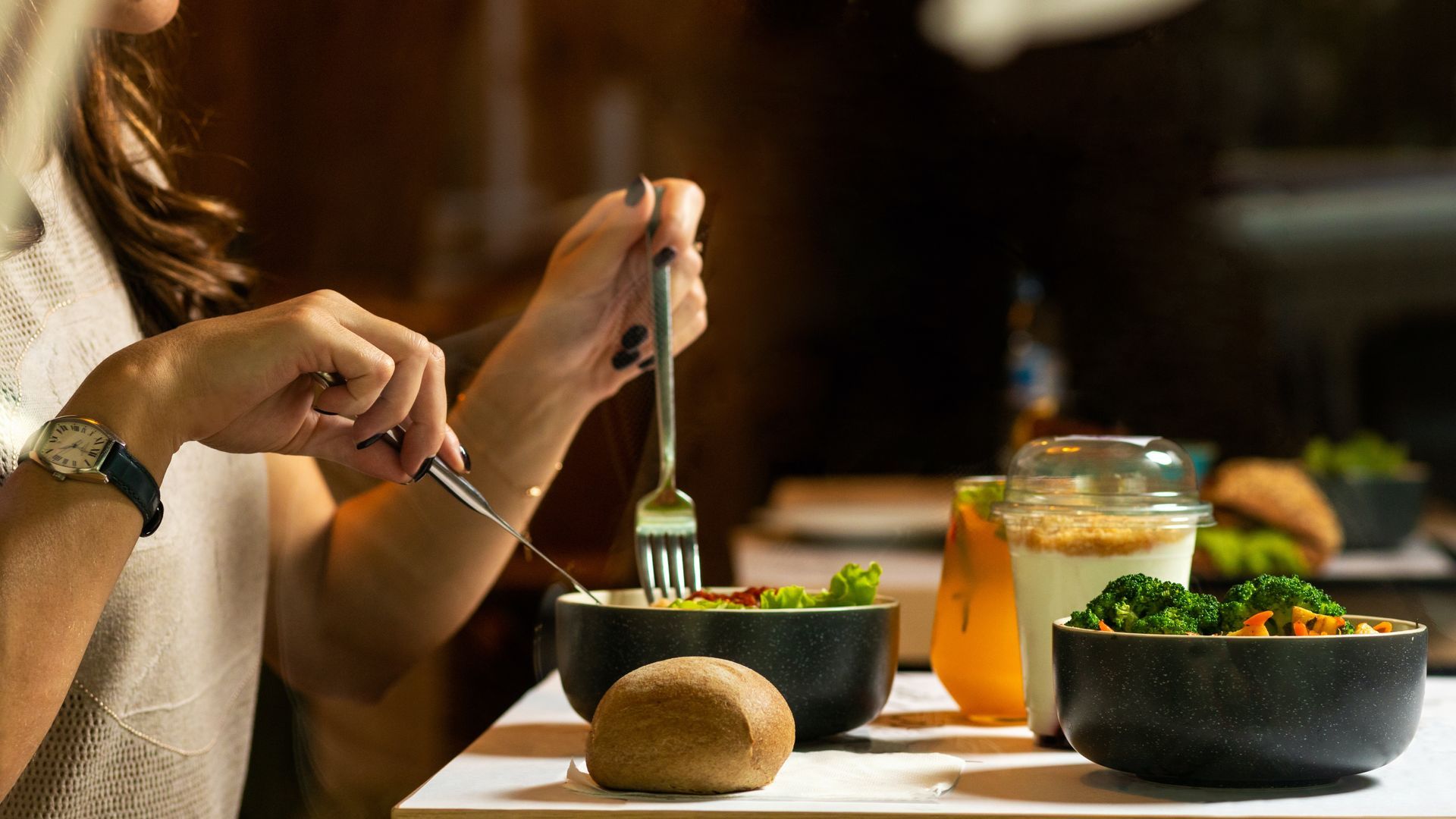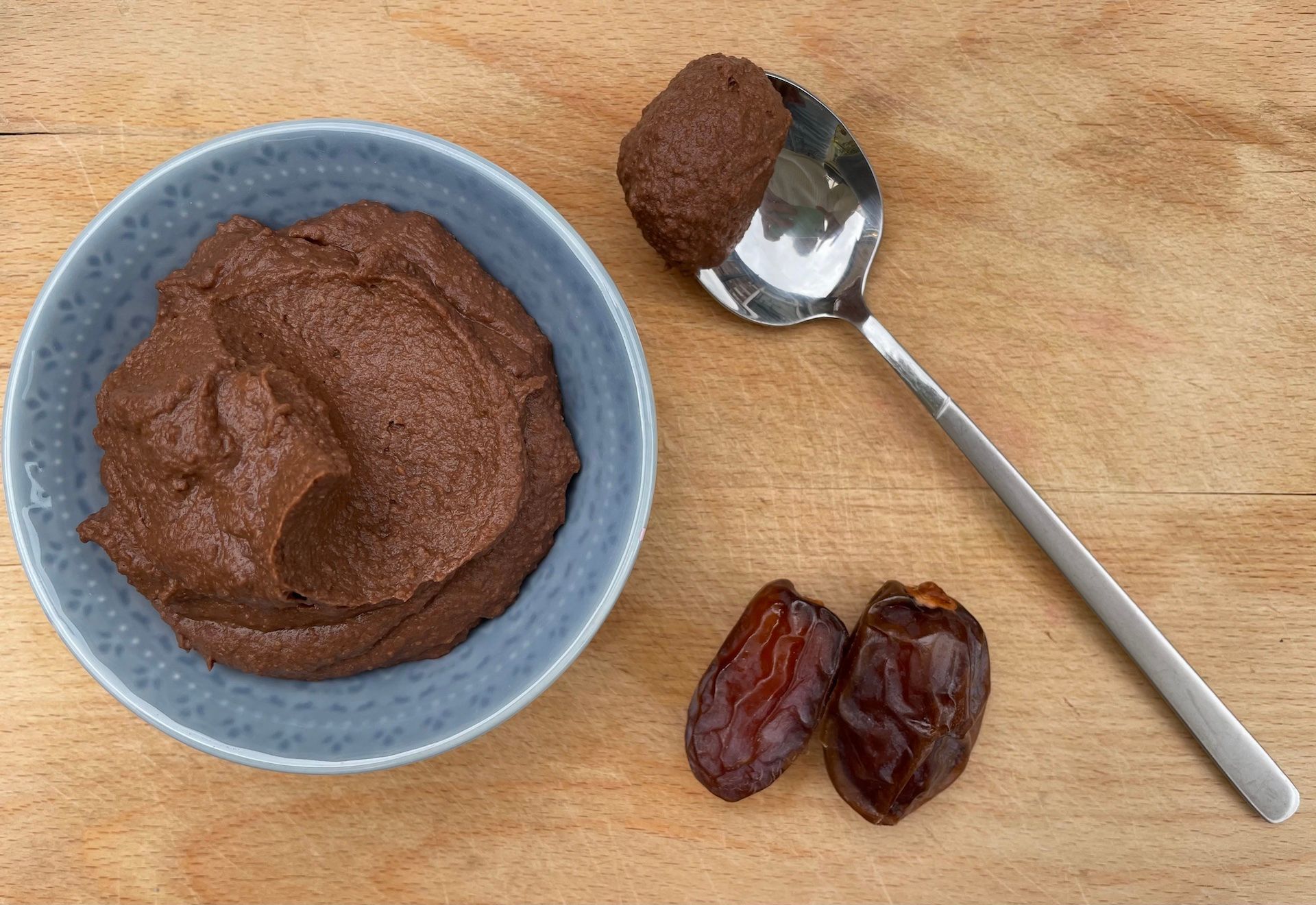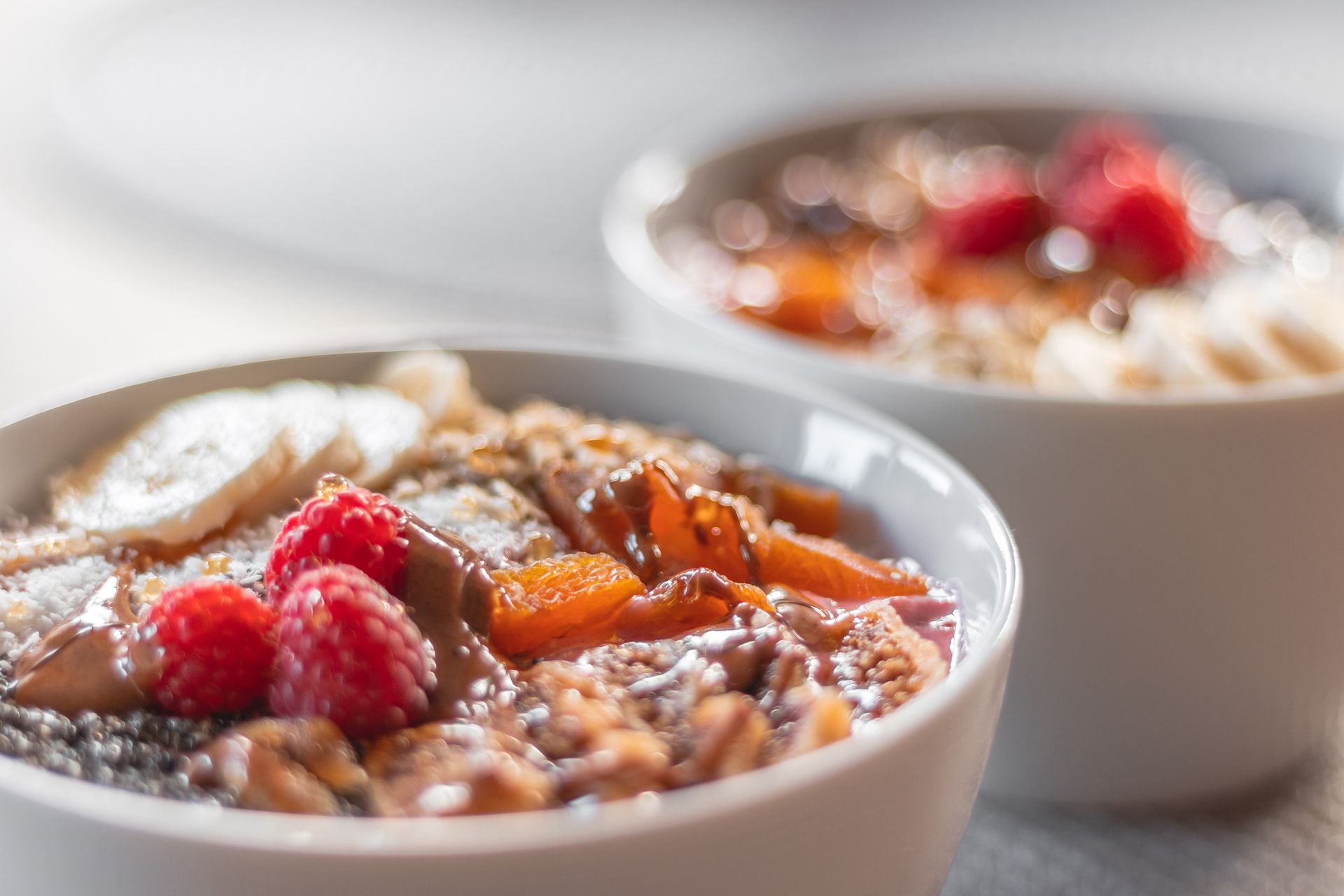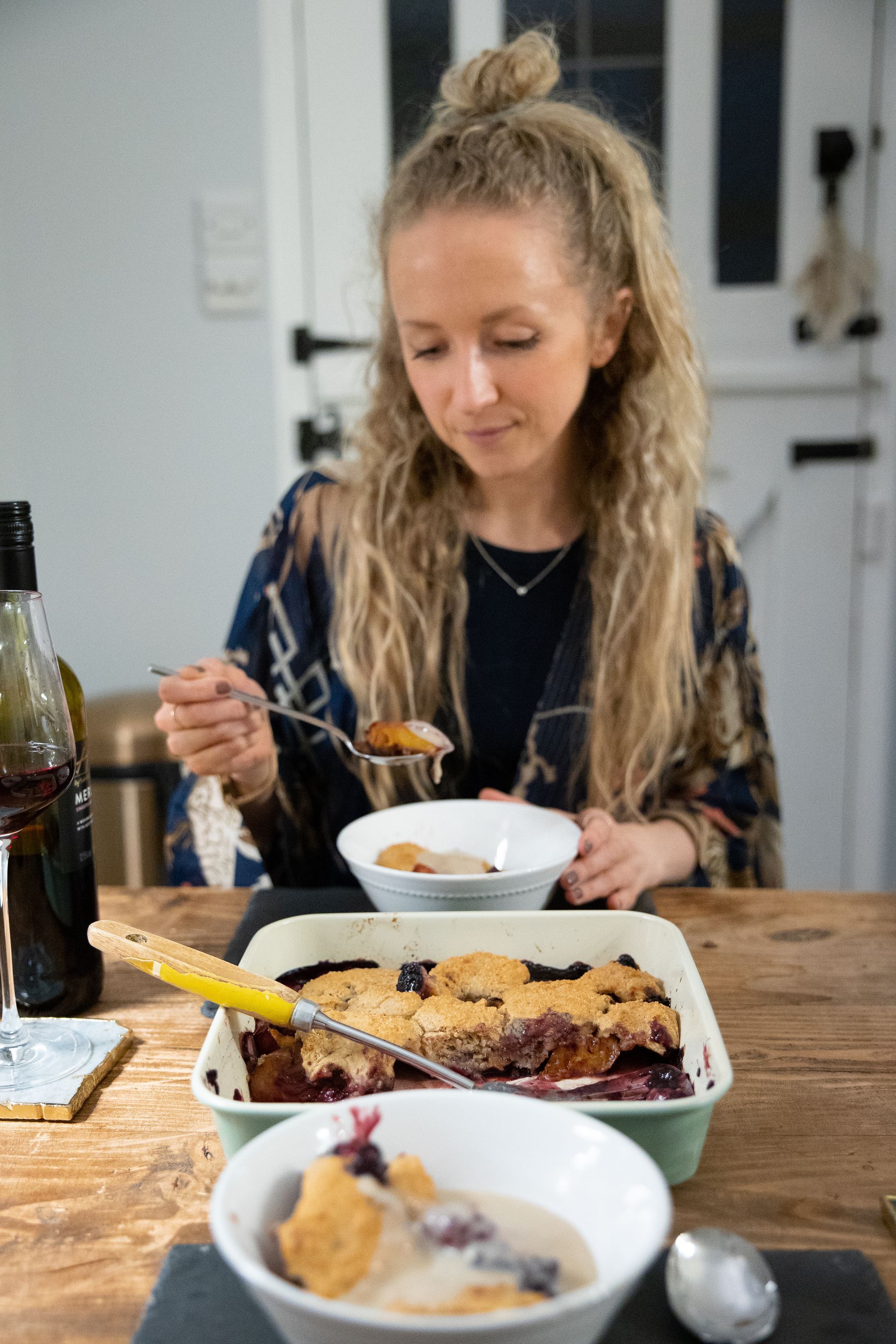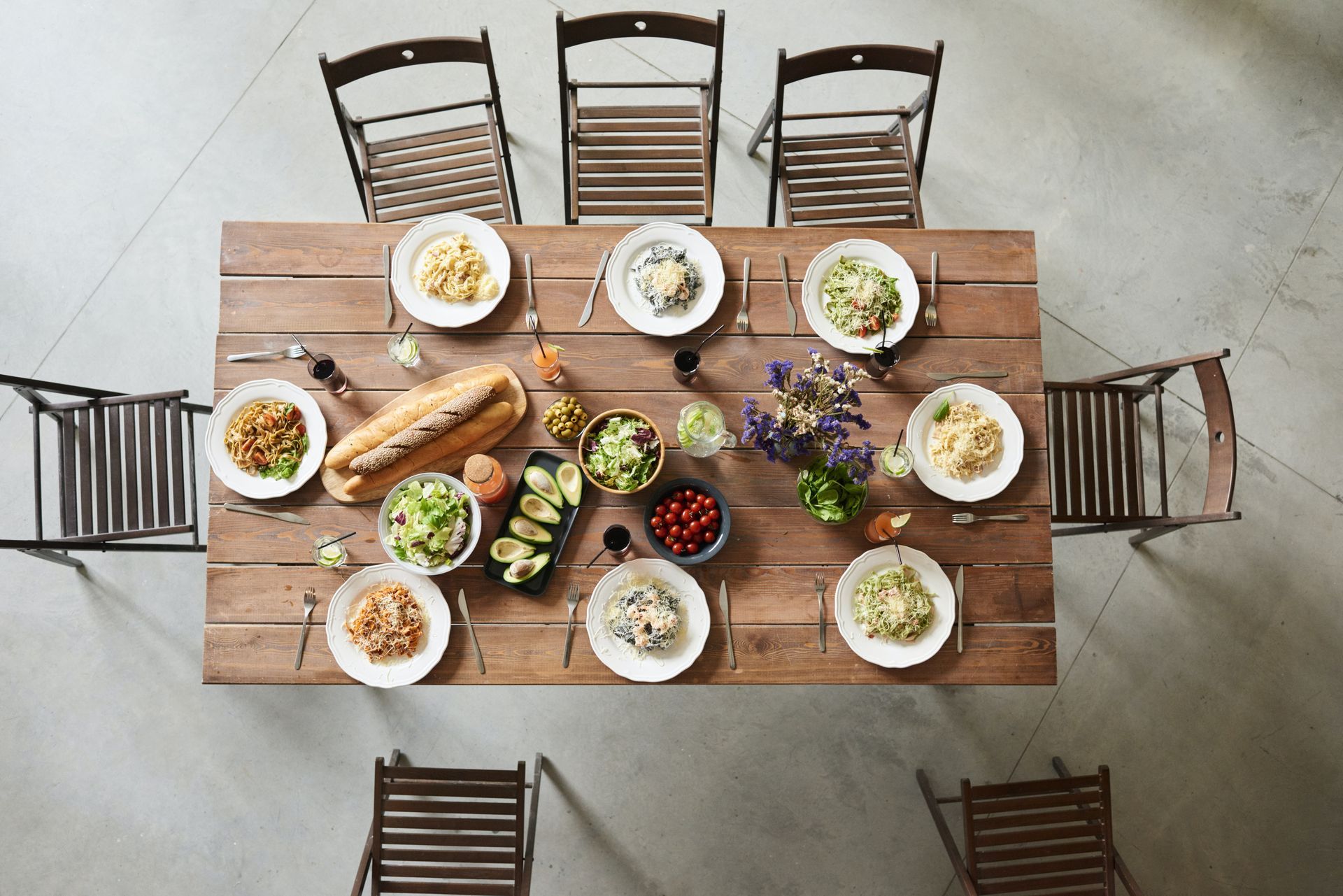Say Hello
Join our newsletter
Join our newsletter
How to Pack a Plant-Based Lunch Box
Full-time workers are estimated to consume a third of their food intake at work, so what we choose to eat during our working day can have a big impact on our overall health and wellbeing. Whether you are packing a lunch box for yourself, your partner or your children, getting a healthy, balanced and tasty meal is important to keep energy levels up and brains functioning well throughout the day.
When it comes to taking a portable lunch to work or school, planning is key. Take a few moments at the weekend to consider what you need for the week ahead. This will keep things simple through the working week and help you to avoid reaching for the office biscuit tin or panic-buying at the canteen or nearest corner shop when the hunger pangs strike.
Here I have provided you with some principles to follow when planning your packed lunches. These will help you to ensure you have a balance of all the nutrients you need to stay well, as well as a diverse range of foods to take care of your gut microbiome and keep things interesting. Make this your own. Consider what your days will look like, and at which points you may need something to keep energised, focused and happy all day.
Getting a good balance
We all need a mix of nutrients to stay healthy and we can do this by ensuring we get something from each of the following food groups: carbohydrates, protein, fruits and vegetables and healthy fat.
Carbohydrates
Carbohydrates have had a bad time over the past few decades, with many people opting for ‘low carb’ to feel healthier. I don’t recommend this. This key is thinking about the types of carbohydrates you are getting. I talk more about this here. Carbohydrates are key in keeping your energy up and your brain focused. Choosing high-fibre and whole grain options will help your blood sugar stay more stable throughout the day.Aim to base the main part of your meal on a healthy high-fibre starchy carbohydrate such as:
- brown rice
- wholemeal pitta bread
- wholewheat pasta
- couscous
- quinoa
- crackers
- Potato
Protein
Protein is required for our bodies to grow and repair, and so we should aim to include some with each meal. Many people think of plant-based diets as lacking in protein, but this is not true; there are many different sources of healthy plant-protein, for example:
- chickpeas
- lentils
- tofu
- tempeh
- peas
- seeds
- hummus
Fruits and vegetables
Most of us don’t eat enough fruits and vegetables. Bulking out meals with extra sweet fruits and crunchy veggies is a fantastic way to get more in. This group contains many vitamins, minerals, antioxidants and fibre that our bodies thrive on. At the same time, they provide less energy than other foods, meaning they are a great tool for managing our weight. You could include:
- tomatoes
- cucumber
- berries
- spinach
- sugar snap peas
- rocket
- banana
- chopped melon
- dried apricots
Fat
We all need a small amount of fat, and most of our plant-based sources provide the healthy type of fat called unsaturated fat (except for coconut oil). Fat supports our brain, hormone production, and absorption of other nutrients. Find out more about fat here. You could add some healthy fat to your lunch with:
- seeds
- nuts
- avocado
- olives
- olive oil
When putting together your lunch box, consider adding something to cover the following four categories:
- Main - this will be the main part of your meal, for example a sandwich, a wrap or a quinoa salad. Aim for this to include a mix of protein, vegetables and healthy carbohydrates. We will talk about this more below.
- Side - consider adding a side to the main part of your meal to bulk it out and add interest to your meal. This helps to vary up textures, flavours and nutrients.
- Sweet - include something sweet as this is always a nice way to finish off your meal or consume later with a hot drink.
- Snack - it may not just your lunch break when you need something to eat. Add an extra snack or two that you can consume either mid-morning or at the end of the day. This will help you get to your next main meal without feeling ravenous.
Lunch box ideas
Here are a few ideas of healthy lunches to give you some inspiration. These ideas cover the food groups and lunch box categories mentioned above:
Monday
Main: Wholemeal wrap with hummus or tofu, avocado and veggies
Side: Olives
Sweet: Grapes and watermelon
Snack: Crackers and salsa
Tuesday
Main: Brown rice salad with chickpeas, veggies and sprinkled with seeds
Side: Sugar snap peas
Sweet: Dried fruit mix
Snack: Plain popcorn
Wednesday
Main: Pasta salad with veggies, beans and olives
Side: Cucumber, carrot or celery sticks with hummus
Sweet: Energy balls and a pear
Snack: Mixed nuts
Thursday
Main: Roasted vegetable salad with quinoa and an olive oil dressing
Side: Kimchi
Sweet: Soya yogurt with berries
Snack: Crackers and nut butter
Friday
Main: Leftovers from a previous evening meal
Side: Cherry tomatoes
Sweet: Banana and dark chocolate
Snack: Breadsticks with guacamole
By considering the above, you will be able to meet your nutritional needs, feel focused and happy throughout your working day, and support yours and your family’s long-term health and wellbeing.
Rosie is a plant-based registered dietitian, founder of Rosemary Nutrition & Dietetics, and works both in the NHS and as a freelance dietitian.
You can contact her with any queries via Rosemary Nutrition & Dietetics on rosie@rosemarynutrition.co.uk or follow her on Instagram at @plantdietitianrosie
